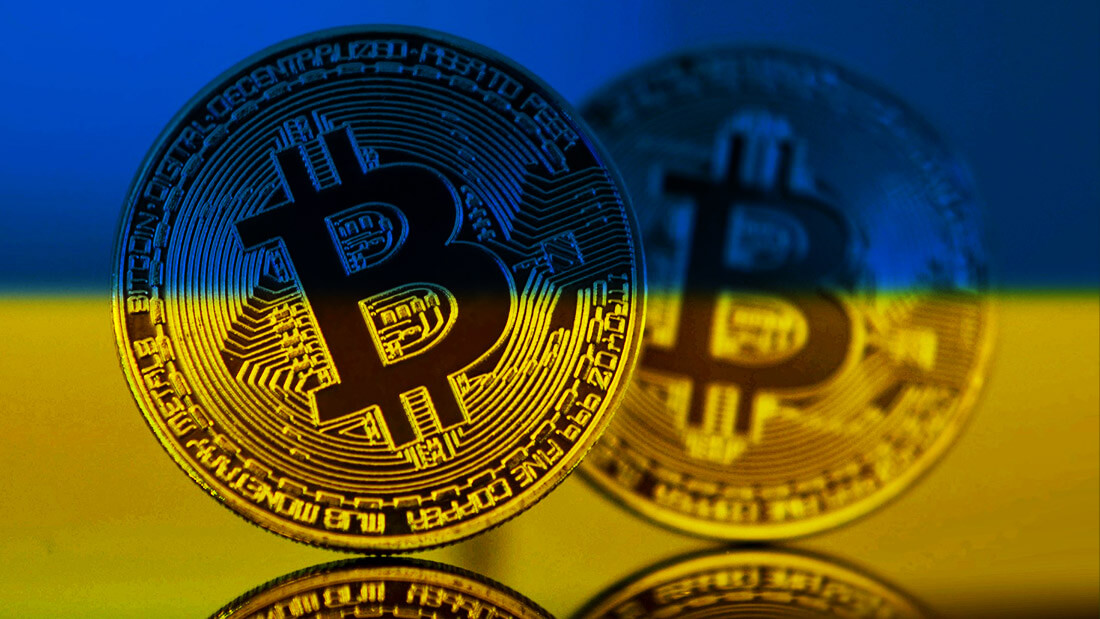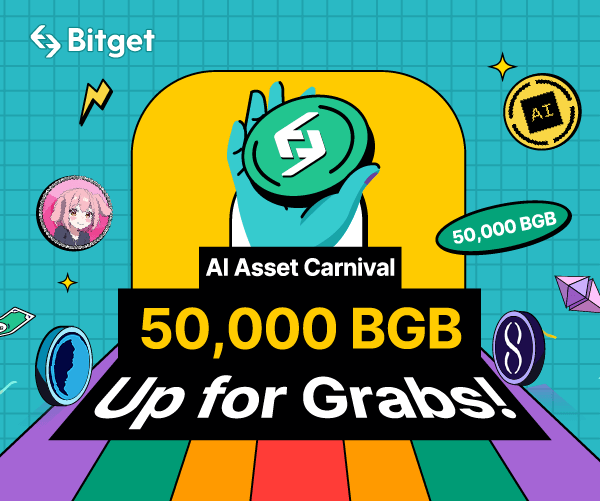Following the anniversary of Russia’s invasion of Ukraine war, CryptoSlate takes an in-depth look at the state of Ukraine’s blockchain industry.
- Between Feb. 23, 2022 – Feb. 23, 2023, $187 million in crypto donations were collected in support of Ukrainian groups, according to analytics from Crystal Blockchain.
- About one-third, or about $62 million, came from a group called Aid for Ukraine, a blockchain consortium made up of Alex Bornyakov, the current standing Deputy Minister of Digital Transformation of Ukraine, Michael Chobanian, founder of the Ukranian crypto exchange, Kuna.io, and Sergey Vasylchuck, founder of the staking platform Everstake.
In an exclusive interview with CryptoSlate, Alex Bornyakov spoke about the many challenges ahead for Ukraine’s blockchain industry in the wake of Russia’s invasion and how crypto is being used to support the country’s defense efforts.
“At the very beginning of the war, there were dozens of tech and IT companies that donated not just money, but teams of developers came forward with many ideas about how they could support Ukraine.”
Bornyakov’s role as the Deputy Minister of Digital Transformation involves working between government and business, with his focus being on the IT and blockchain sectors.
“I’m in touch with a lot of entrepreneurs and funds from one side companies, founders, owners and from other side, policymaking. I am also in charge of a project called Electronic Residency,” a program that allows non-citizens of Ukraine to open up a bank account and also conduct crypto-related businesses.
Bornyakov added that he has also been advising the Ukrainian government on introducing a CBDC, which he believes will be crucial in supporting efforts by Ukraine to go fully digital.
“The goal of a CBDC is to increase the transparency of money flows and have programmable money, so we can get rid of the bureaucracy when government money is dispersed,” Bornyakov said.
“We have a new law that President Zelenskyy signed in April 2022, which makes amendments to our tax code in order for a CBDC to work. So if you’re a business or if you want to become virtual as a service provider, you are now unable to do that because there must be changes to the taxation rules and laws in Ukraine. Now we are working with the National Security Commission and the National Bank of Ukraine to finish this law. Our hope is that not just people, but also companies can use crypto and other means for their business. In terms of a CBDC, we recently finished with a pilot project with a number of Ukrainian banks, the results of which were positive.”
Ukraine’s leading exchange Kuna is under threat
However, according to Michael Chobanian, founder of Ukrainian crypto exchange Kuna.io, the newly proposed legislation does not go far enough to support fiat to crypto onramps, which may, in the long run, hurt the Ukrainian crypto exchange he founded in 2014.
During the first days of the war, Kuna processed about $5 million in daily transactions, purely on the fiat to crypto side of the exchange. It later stabilized to around $1.5 million per day, Chobanian said, adding that the main pairs are USDT/UAH and BTC/UAH.
In March 2022, a partnership between the new defunct crypto exchange FTX and Everstake supported converting crypto donations made via Aid for Ukraine into fiat deposits at the National Bank of Ukraine, with FTX handling the SWIFT portion of the transaction.
But with the newly proposed changes at a policy level, Chobanian worries that exchanges like Kuna may suffer as the proposed legislation fails to allow local exchanges to operate.
“The government is still very centralized and inefficient,” Chobanian told CryptoSlate, adding that he believes the current legislation in Ukraine will make it more difficult for fiat-to-crypto exchanges.
Many Ukrainians now use small, cash-to-fiat-crypto kiosks, tiny over-the-counter exchanges that charge markups of as much as 1.5%, three times more than the industry standard of 0.5%. However, Chobanian postulates that as the exchanges become more regulated worldwide, eventually, some will start merging with banks.
“I predict there will be a merger between the traditional banks and exchanges,” he said. “So either exchanges will buy up banks, or banks will be buying up software and existing exchanges like Binance and Kraken to merge into one product. Eventually, they’ll be regulated in the same way,” Chobabian said.
He added that he has plans to introduce Kuna into the European market, though he declined to give an exact entry date.
With so many changes forthcoming and still no end to the war in sight, it appears that tension is starting to emerge from within Ukraine’s blockchain industry, which is adapting to not only the war effort from within but also to the rapidly changing external environment in which crypto is increasingly seen by regulators and military and intelligence agencies as a non-state adversary, or at least, the potential threat of one.
With over $60 million donated to Ukraine in crypto through Aid for Ukraine since the onset of the war and changes likely to come this year regulating the issuance of a CBDC, crypto, and blockchain will likely continue to play some role in Ukraine’s future, albeit what that role is, remains very much yet to be seen.
Credit: Source link

























